“Buildings have become thermoses - they retain warmth in winter and stay cool in summer,” says Robert Arakelyan, a long-time educator and resident of Kajaran. He lives in one of the residential buildings that underwent thermal modernization through the “De-risking and Scaling Up Investment in Energy Efficient Building Retrofits” project.
Located in a high-mountain area, Kajaran faces severe winters and intense summer heat. “We do not have air conditioning in these buildings, so the project has been a real lifesaver. Now, the temperature difference between inside and outside is substantial,” Robert Arakelyan adds.
Launched in 2017 and running through 2026, the “De-risking and Scaling Up Investment in Energy Efficient Building Retrofits” project is implemented by the UNDP Armenia Office with funding from the Green Climate Fund (GCF) under the coordination of the Ministry of Environment of the Republic of Armenia.
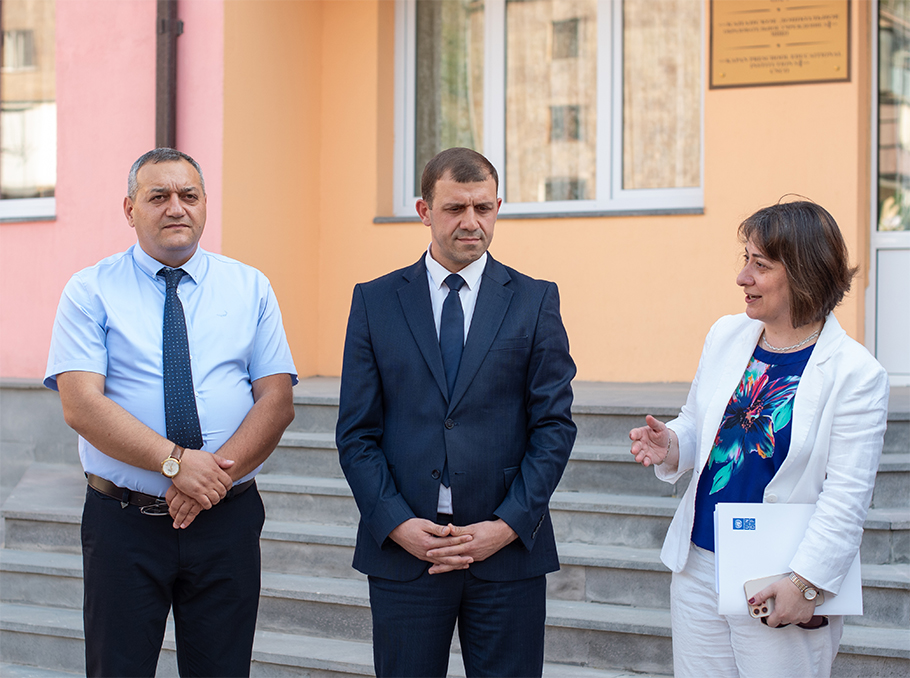 From left to right: Armen Yesoyan, Gor Tadevosyan, Natia Natsvlishvili in front of Kapan Kindergarten No. 1
From left to right: Armen Yesoyan, Gor Tadevosyan, Natia Natsvlishvili in front of Kapan Kindergarten No. 1Photo: Mediamax
By improving the energy efficiency of buildings and reducing greenhouse gas emissions, the project contributes to climate change resilience, improved energy security, and the formation of environmentally sustainable communities.
To showcase the impact of these efforts, a media tour was organized, highlighting thermally modernized buildings in the cities of Kapan and Kajaran. Mediamax took part in the tour and presents the details of the project.
By saving money, we save nature
In Armenia, buildings account for a significant portion – about 35% – of the country’s final energy consumption. As a result, the volume of greenhouse gas (GHG) emissions increases, which is one of the main causes of the global warming. According to Armenia’s National Greenhouse Gas Emissions Inventory, in 2019, buildings were responsible for 20% of total GHG emissions, and between 2000 and 2019, overall emissions in the country increased nearly sevenfold.
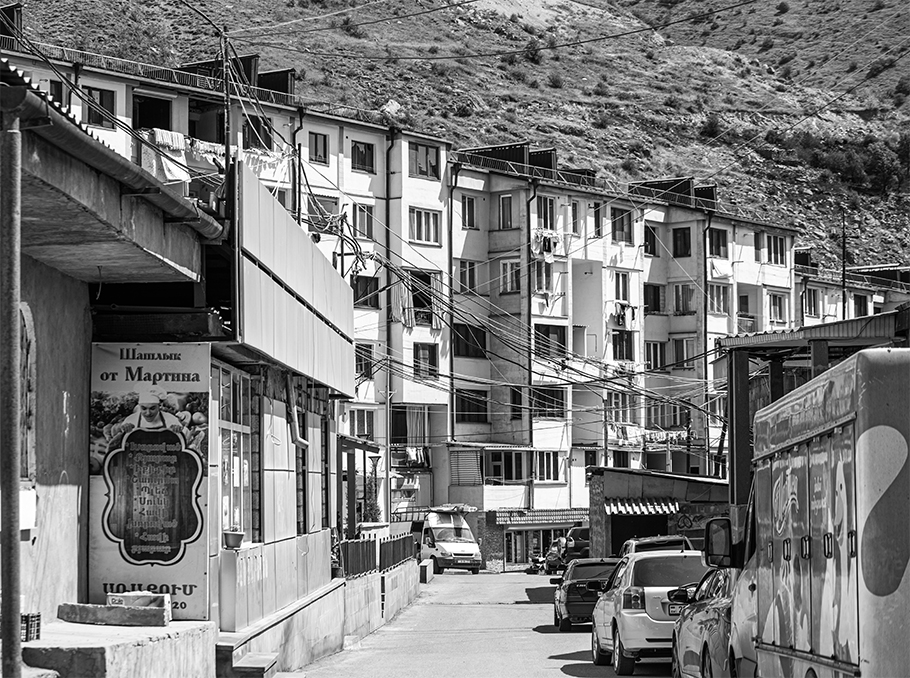 Kajaran
KajaranPhoto: Mediamax
Given Armenia’s harsh winters, high energy consumption in buildings is often unavoidable. However, there are mechanisms to reduce the need for consumption, one of which is the energy-efficient modernization of buildings. Through the installation of thermal insulation in older buildings, it becomes possible to maintain a stable indoor temperature, significantly reducing the need for heating in winter and cooling in summer.
With the co-financing provided by the “De-risking and Scaling up Investment in Energy Efficient Building Retrofits” project, 174 residential buildings and 77 public institutions, including educational, medical, and cultural facilities, have already been modernized across various communities in Armenia. Work is currently underway to retrofit an additional 183 buildings to make them energy-efficient.
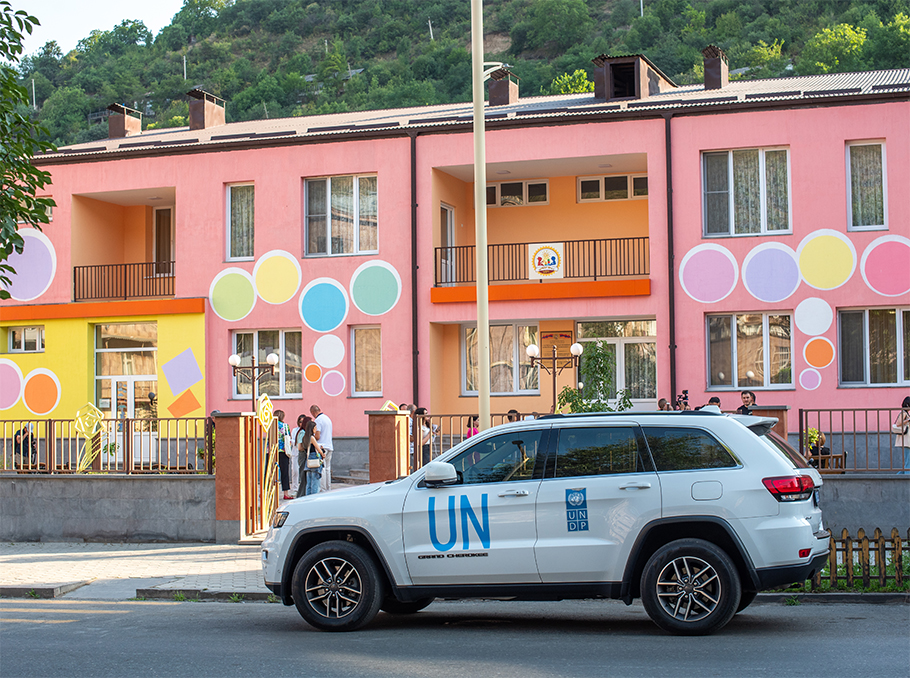
Photo: Mediamax
Of the total budget for the project, $20 million was provided by the Green Climate Fund, $8.4 million by the Government of Armenia and communities, and $1.4 million by the United Nations Development Programme.
Environmental and socio-economic impact
In Syunik province, the project supported the communities of Kajaran, Sisian, and Kapan in the thermal modernization of 42 apartment buildings and 3 public buildings.
The initiative is on-going: currently, work continues in Kajaran and Kapan to upgrade an additional 8 apartment buildings and 6 public buildings, respectively.
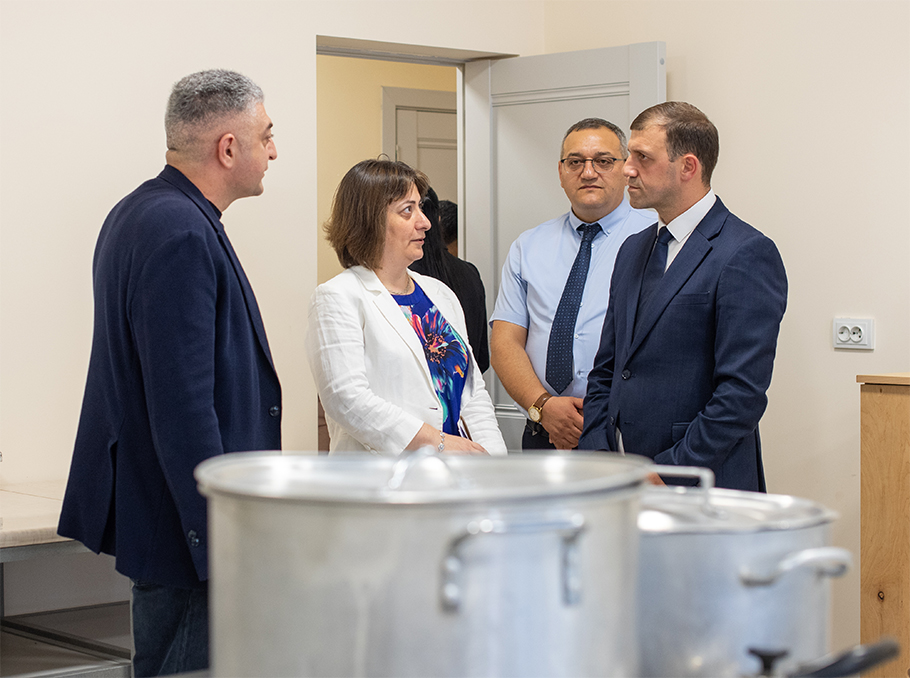
Photo: Mediamax
On July 18-19, UNDP Resident Representative in Armenia, Natia Natsvlishvili made another visit to Syunik region to get familiarized with the work on site. She toured Kindergarten No. 1 in Kapan – now certified as energy-efficient – and then visited the courtyards of similar renovated buildings in Kajaran.
“The project consists of several components, including work on improving policy, regulations, monitoring system, but the most ambitious component is support for energy-efficient renovation of residential and public buildings,” she noted.
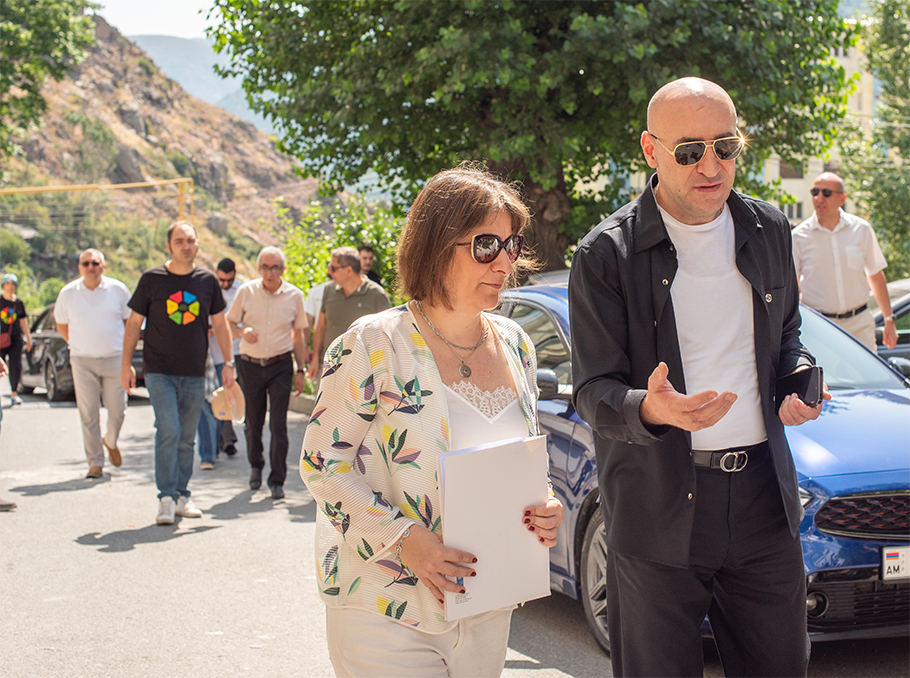 Natia Natsvlishvili and Manvel Paramazyan in Kajaran
Natia Natsvlishvili and Manvel Paramazyan in KajaranPhoto: Mediamax
According to her, the project not only has environmental, but also socio-economic impact.
“First, residents are saving money on heating during the winter months, as thermal insulation allows buildings to retain heat more effectively. Our estimates show energy savings ranging from 30% to 60%, depending on building type and other factors. Second, living conditions have noticeably improved, and at the same time, the market value of these apartments has increased,” she explained.
Buildings that received touch of “grace”
During conversations with Kajaran residents, journalists heard varying accounts of energy cost savings – some mentioned 10,000 drams per month, others 15,000 and in some cases, even 30,000.
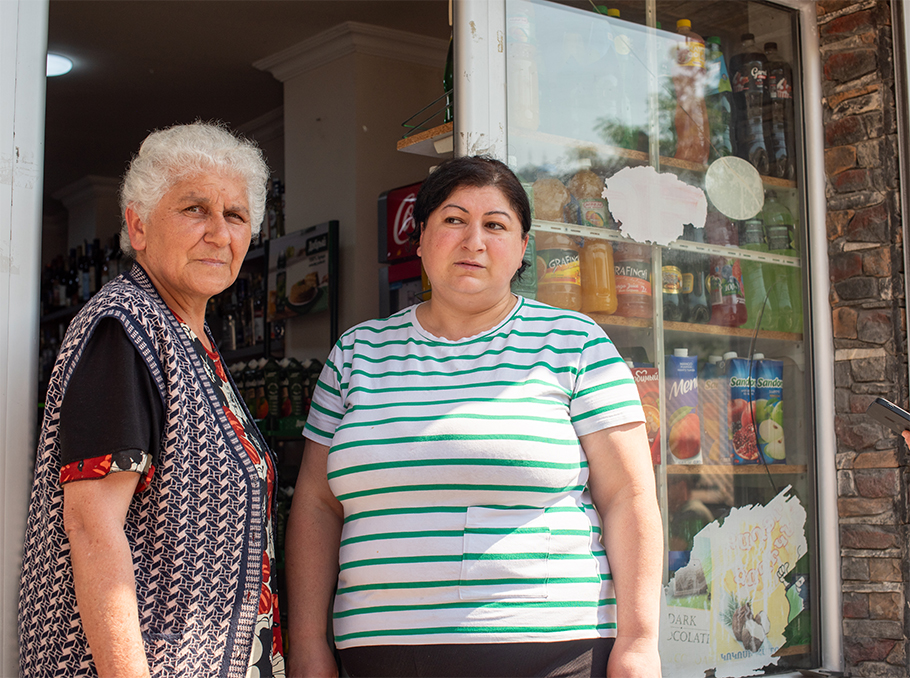
Despite this, everyone agreed on one thing: the buildings have become undeniably more beautiful. It is difficult to argue with this assessment. In addition to thermal insulation and exterior renovations, the municipality took the initiative to commission local artists to paint murals on the walls of the newly modernized buildings.
“Let’s not talk about expenses, let’s talk about beauty. Look, that’s our town’s symbol – a bear with her cubs. It’s the most beautiful thing,” says Kajaran resident Artur Ghazaryan, pointing to the mural on the thermally modernized building opposite.
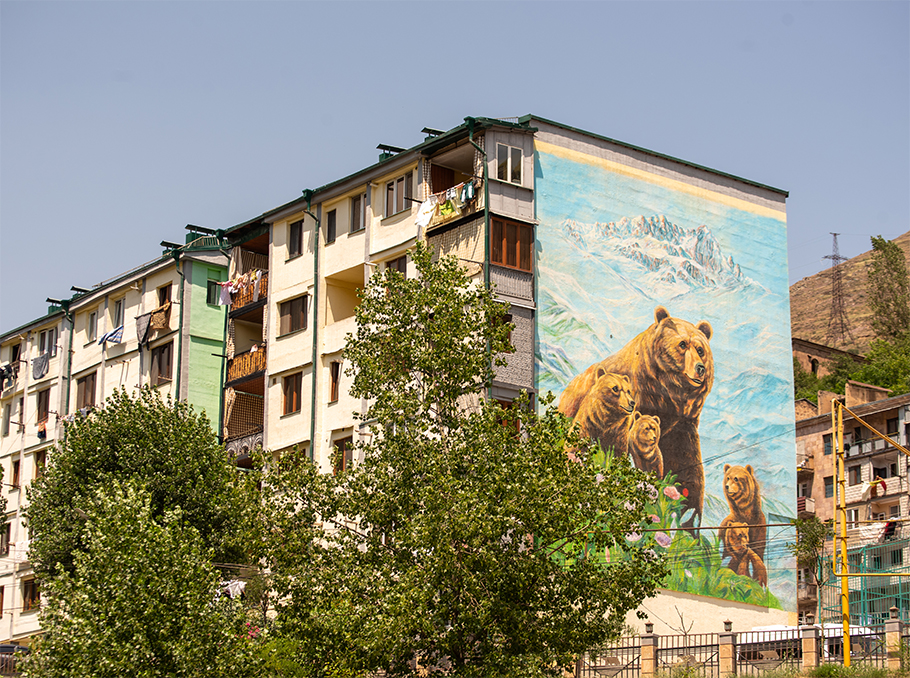
Photo: Mediamax
Still, Gagik Gevorgyan, a resident of the same building, does not hesitate to “reveal” the secret:
“We are saving about 15,000 drams a month. Before, we paid 55,000 in winter, now we get by on 40,000. Good for initiators and implementers!” he says.
Despite the unbearable heat, Gagik and Artur are not complaining about Kajaran, nor are they worried about the tense security situation in Syunik.
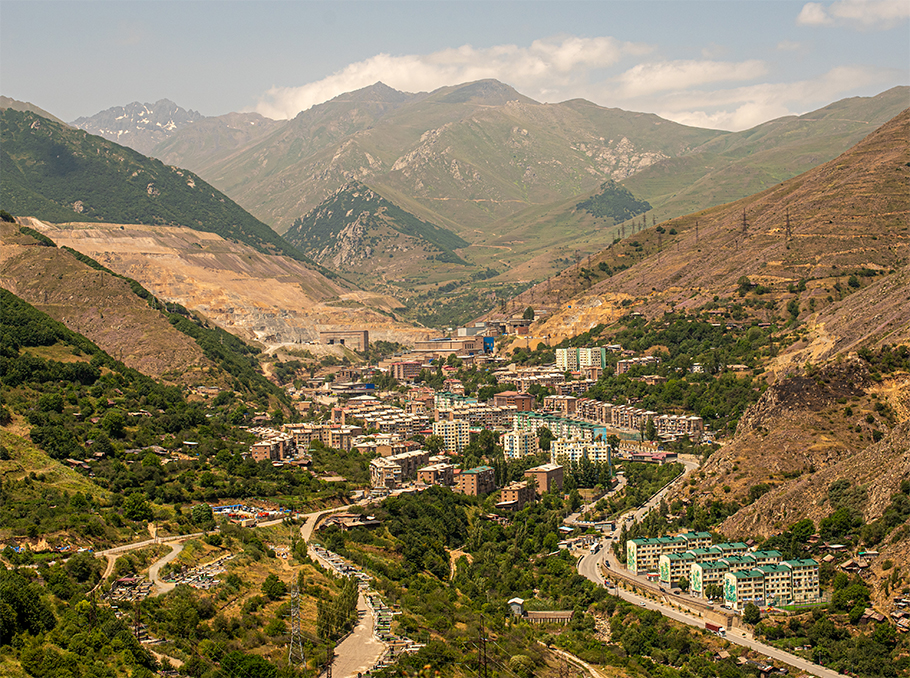
Photo: Mediamax
“This is our valley, our mountain, who are we supposed to leave it to? It’s our city, it’s our Syunik, we are not worried, I’m sure everything will be fine. We will live here as we always have,” adds Artur Ghazaryan.
Lasting results and continuity
Nvard Harutyunyan, Advisor to the Governor of Syunik, highlighted that projects like this not only yield long-term results but also open new opportunities for collaboration between the state and local communities.
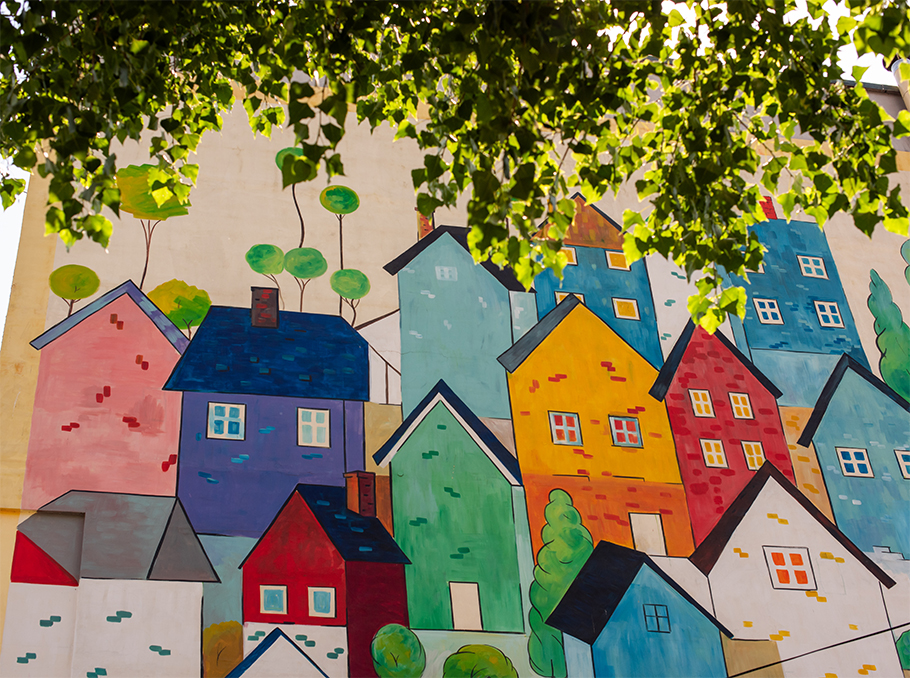 Kajaran
KajaranPhoto: Mediamax
“Energy efficiency measures also help reduce the community’s future expenses. After the effective implementation of this project, we have already seen instances where communities come up with proposals and apply for subsidy programs on their own, to continue energy efficiency improvement in the community,” she noted.
Manvel Paramazyan, head of the Kajaran community, confirmed their commitment to extending the work into the coming year.

Photo: Mediamax
“We are ready to contribute, but we hope to once again establish a strong trilateral partnership,” he noted.
Emission reduction
“Reducing greenhouse gas emissions is one of the primary goals on Armenia’s climate agenda, and one of the ways to achieve this is to implement energy efficiency in residential, public, and industrial buildings,” noted Armen Yesoyan, Director of the Environmental Project Implementation Unit at the Ministry of Environment.
According to the project, thermal modernization of 45 buildings will lead to a reduction of approximately 58.9 kt of CO₂ emissions annually over a 20-year period.
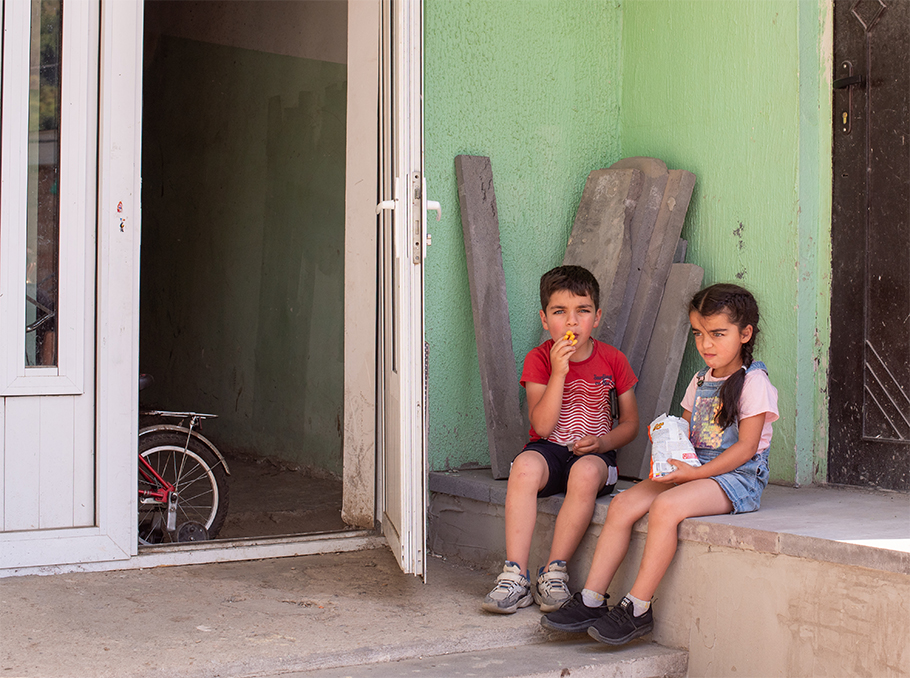
Photo: Mediamax
Yesoyan also emphasized that an energy management system will also be introduced, and alongside, an institute of energy managers will be created.
Up to 60% energy savings potential
Before the project, the energy efficiency ratings of the buildings that became “beneficiaries”, were classified as “E” or “D,” near the lower end of the scale, where the highest rating is “A++.” Following thermal modernization, these ratings improved, reaching “C+” or “B,” depending on the building type and scope of renovation.
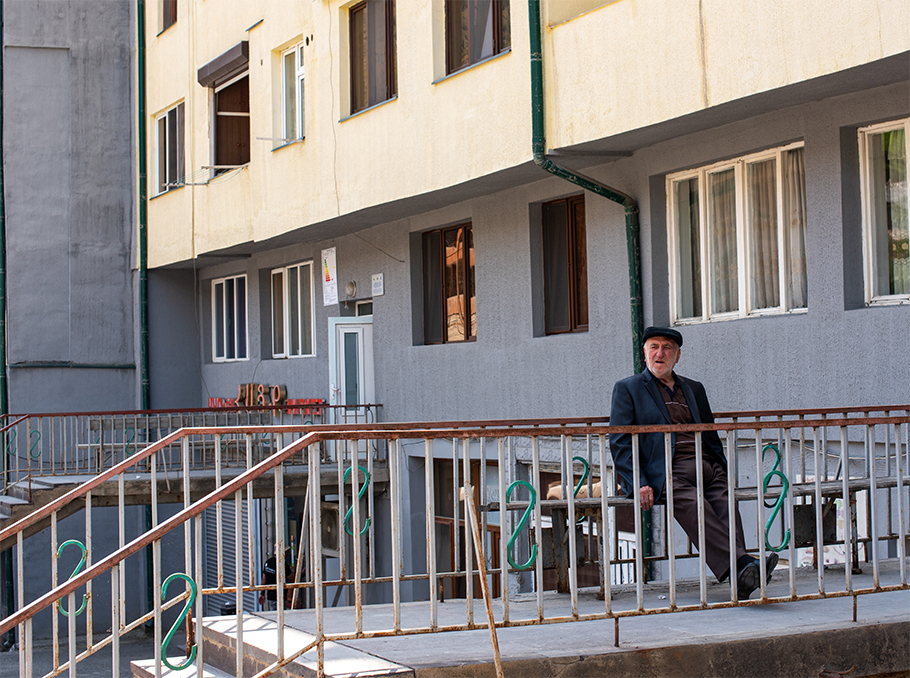
Photo: Mediamax
Andre Ohanyan, the project’s construction engineer-analyst, explained that both partial and full thermal insulation works have been carried out on the buildings.
“Complete thermal insulation involves insulating the building’s external walls, roof, and, in some cases, the basement. It also includes replacing doors and windows in all entrances and stairwells,” Ohanyan detailed.
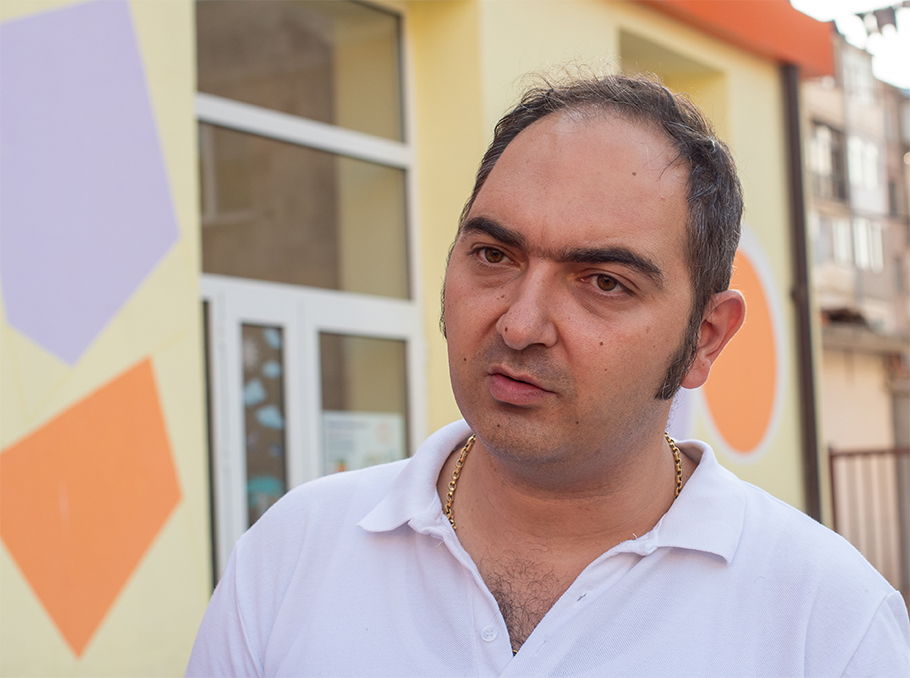 Andre Ohanyan
Andre OhanyanPhoto: Mediamax
The specialist explained that first, the exterior walls were sanded, cleaned of dust, then extruded polystyrene boards were attached to the surface. These boards were then covered with an adhesive layer reinforced with fiberglass, and waterproof paint was applied as the final exterior finish.
“Thanks to this work, the buildings have gained the potential to save up to 60% of thermal energy,” noted Andre Ohanyan.
Gaiane Yenokian (text and photos)










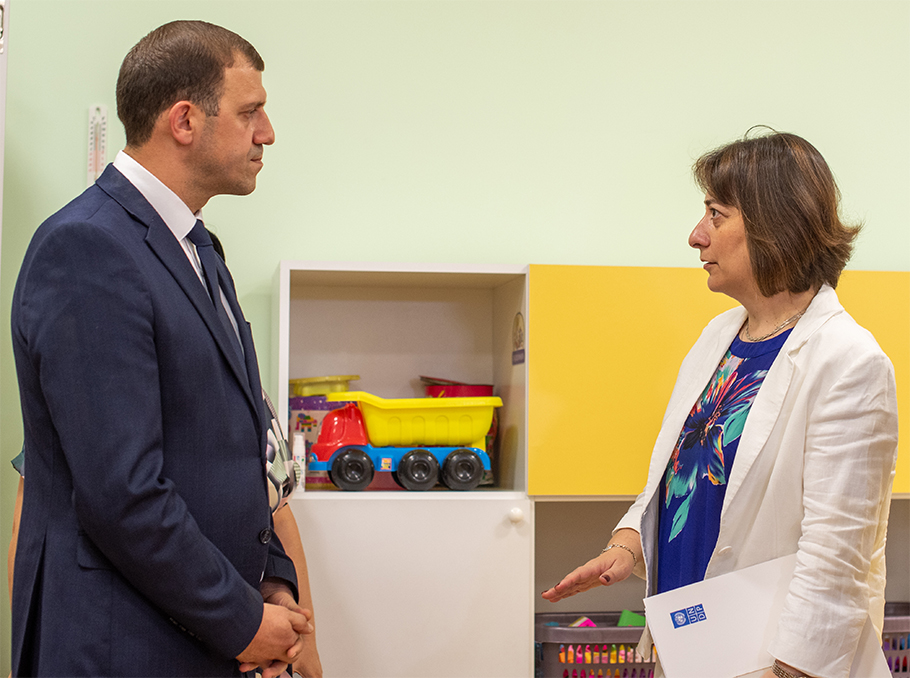

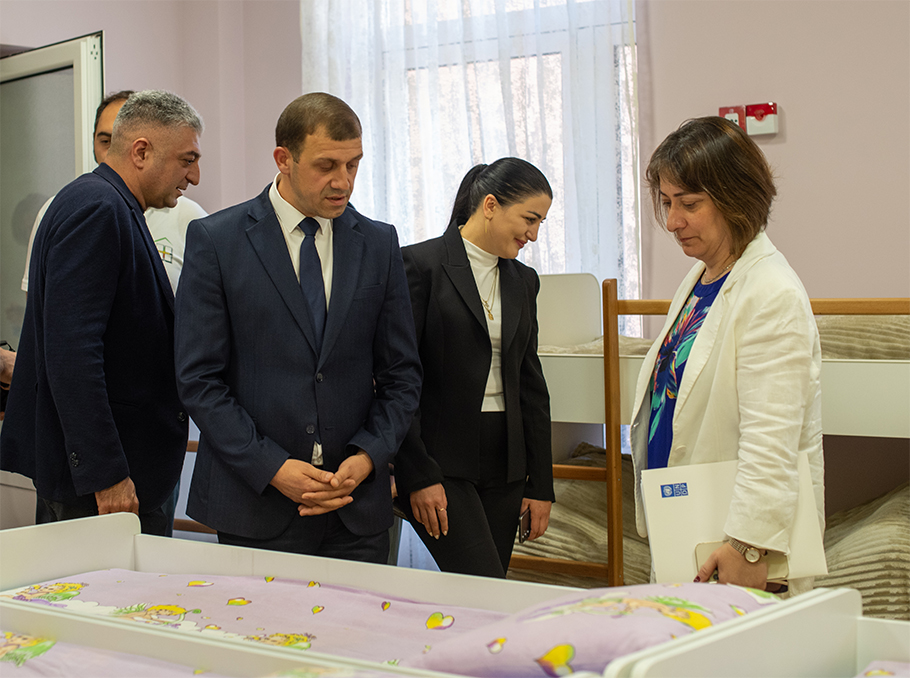
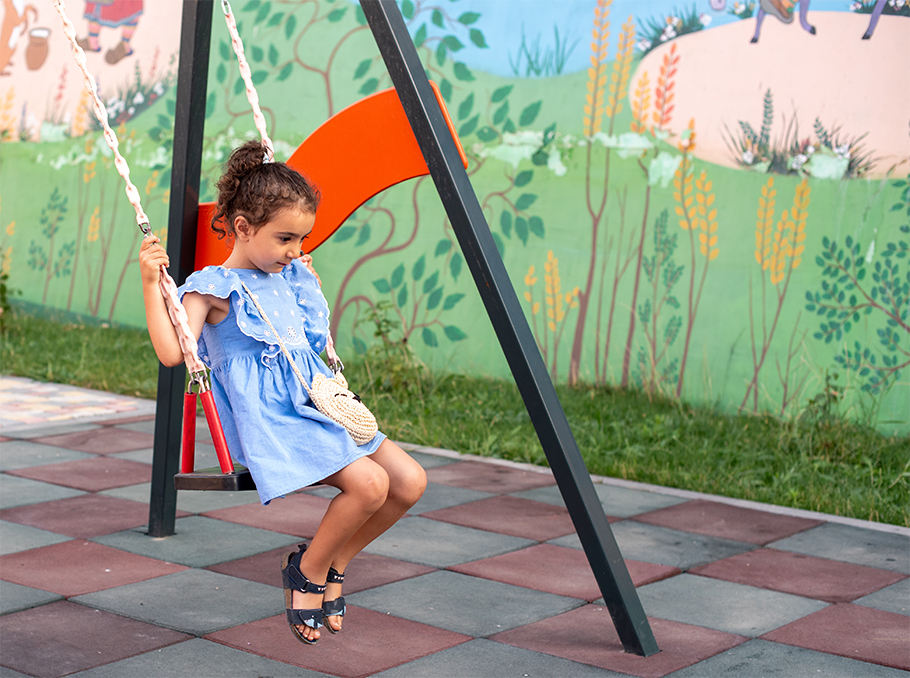
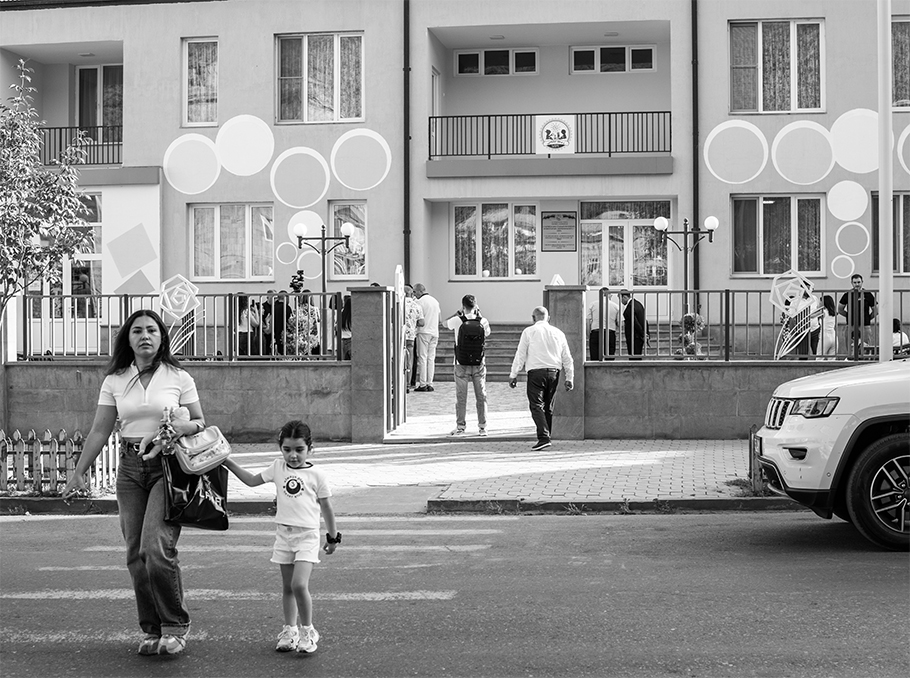
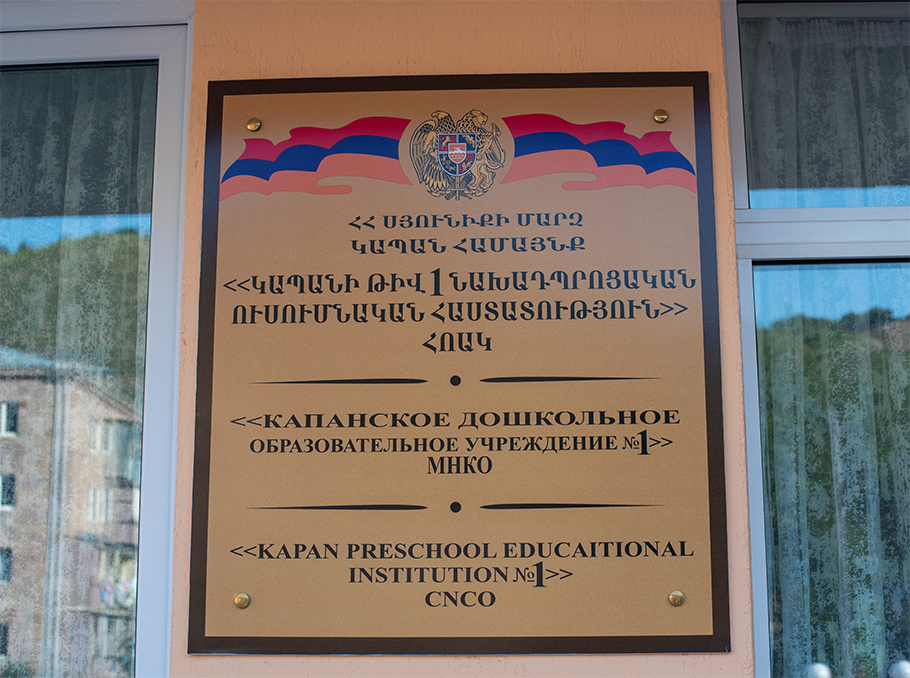
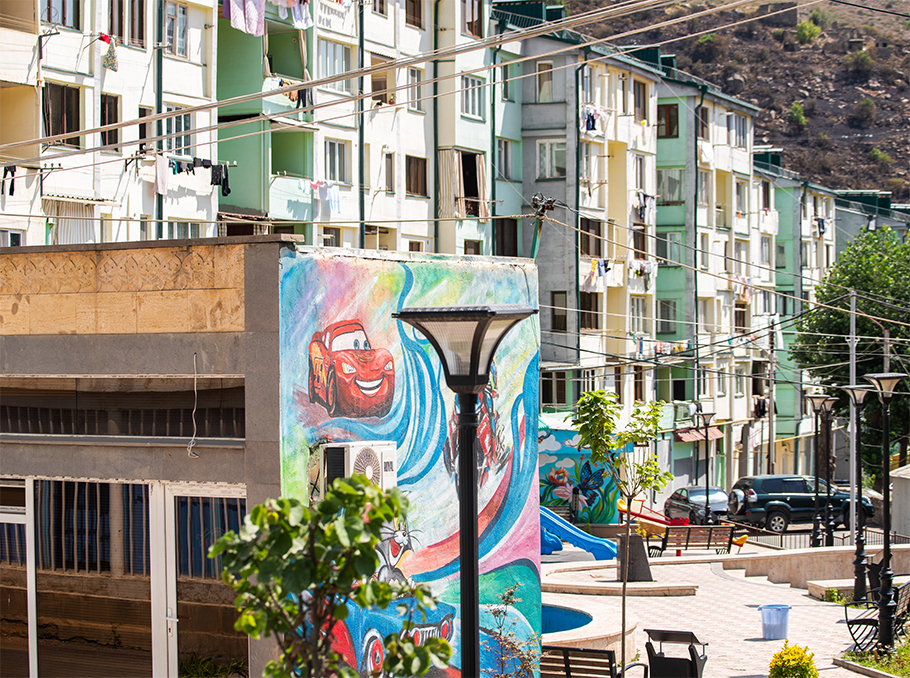
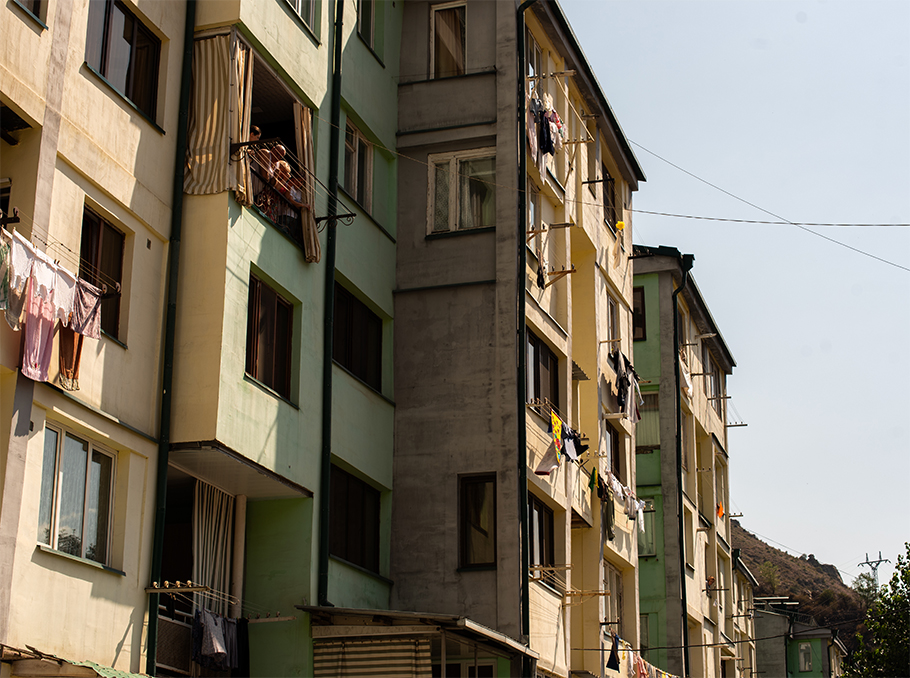
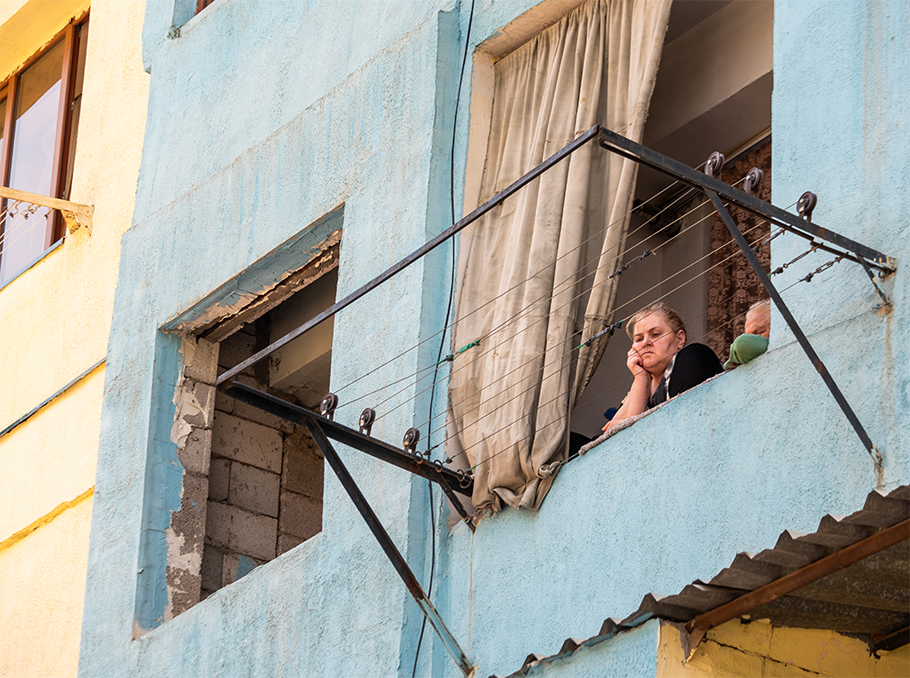
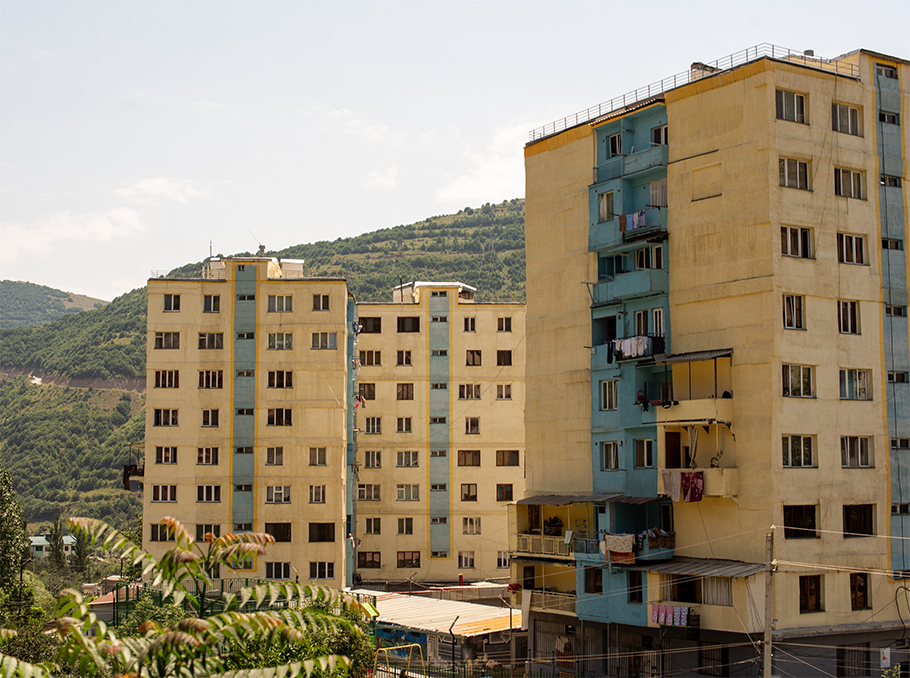
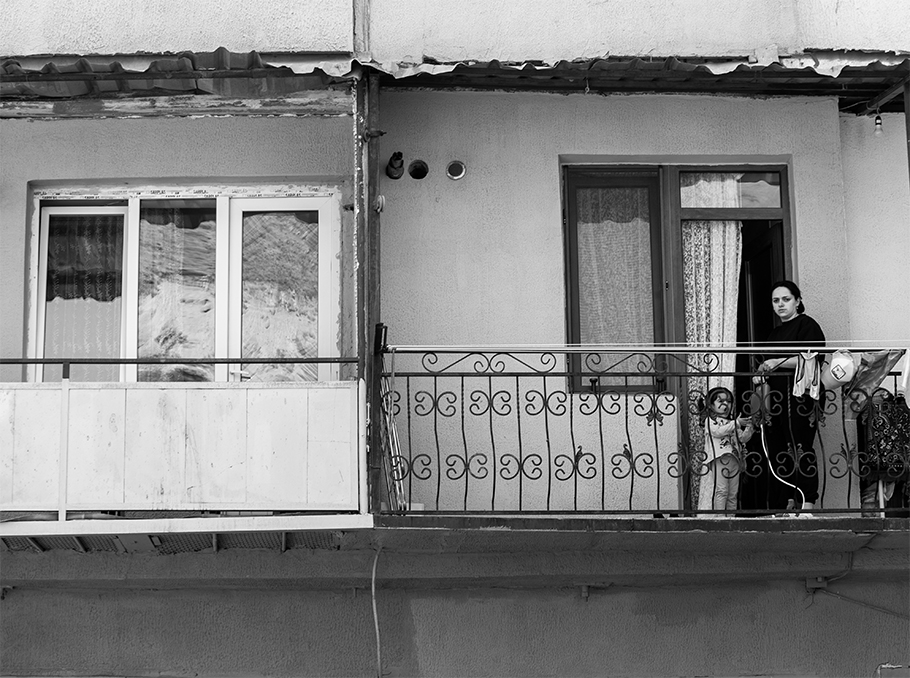
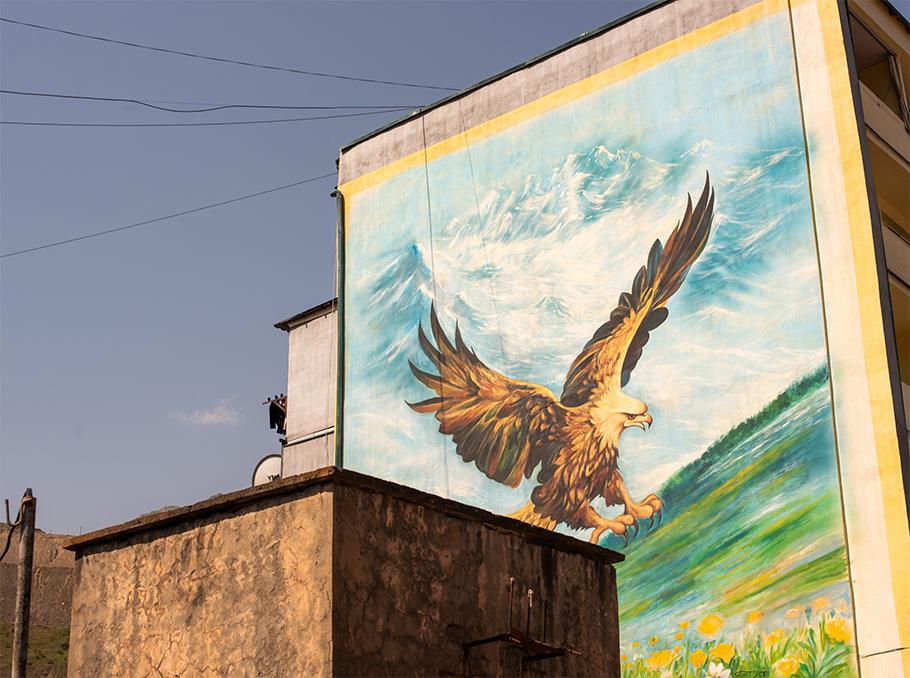







Comments
Dear visitors, You can place your opinion on the material using your Facebook account. Please, be polite and follow our simple rules: you are not allowed to make off - topic comments, place advertisements, use abusive and filthy language. The editorial staff reserves the right to moderate and delete comments in case of breach of the rules.